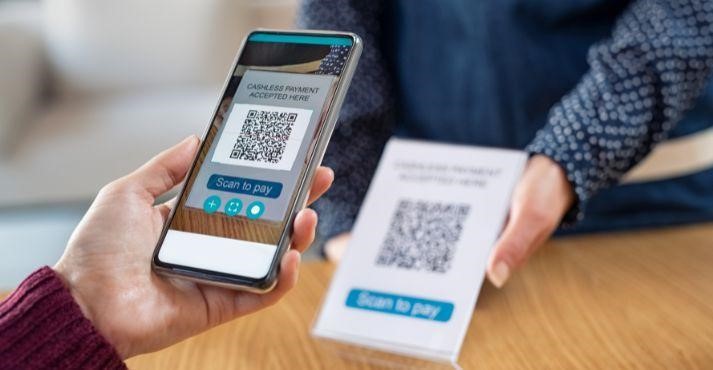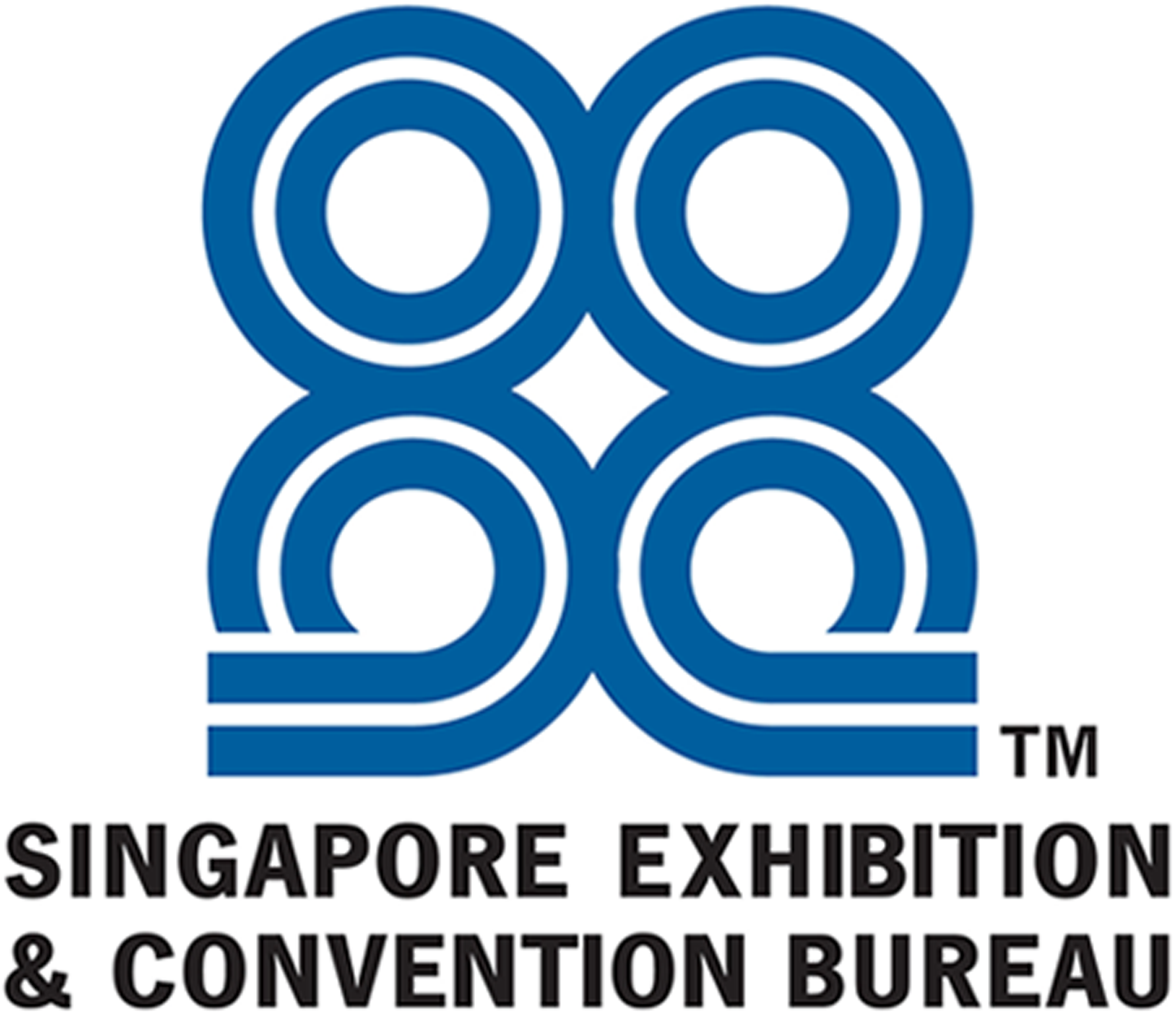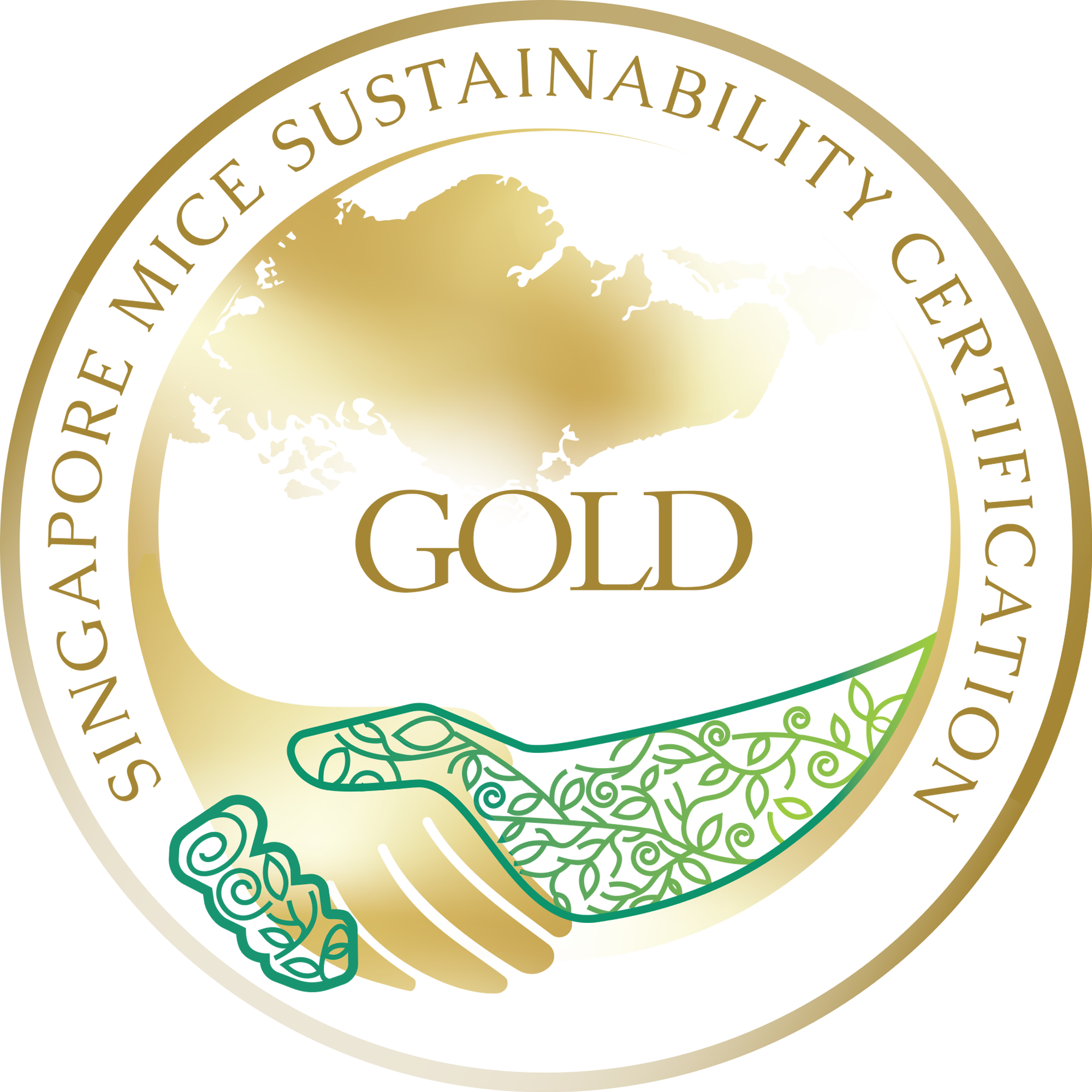Exhibiting at a trade show is a great way to market your brand and build relationships.
Trade shows aren’t just events. It is an opportunity to gain industry insights, generate leads, and meet potential partners.
Trade show dynamics have changed with the changing business environment and ongoing advancements. During these changes, planning has become more crucial than ever.
To maximize your experience and minimize issues, we’ve compiled an all-inclusive trade show checklist for exhibitors. But this isn’t just a boring list of tasks. It’s a complete roadmap to your trade show success, with a must-have you need to check pre and post-event.
Let’s explore this in detail.
Setting Your Goals
Setting goals for your brand is the first step in preparing for a trade show. This process ensures exhibitors are not merely present but actively contributing to their business goals.
The most important reason to focus on goal-setting is that it improves profitability. A clear set of measurable trade show goals ensures you get the best investment return.
Why Set Clear Objectives
Here’s why you need to set clear goals:
- Focus: Objectives keep exhibitors focused on what matters, preventing distractions.
- Measurement: Clear goals allow for easy measurement of success, aiding in post-event evaluation.
- Alignment: Objectives align the tradeshow efforts with broader business goals, ensuring a strategic approach.
Setting SMART Goals
To make your objectives effective, follow the SMART criteria:
- Specific: Clearly define what you want to achieve.
- Measurable: Establish ways to measure your success.
- Achievable: Ensure your goals are realistic and attainable.
- Relevant: Align goals with your overall business strategy.
- Time-bound: Set a timeframe for achieving each goal.
Here are some examples of trade show event goals:
- Generate X Number of Leads: Aim for a specific quantity of potential clients.
- Increase Brand Awareness: Set a goal to enhance brand visibility by a certain percentage.
- Launch Product Successfully: Introduce a new product and gauge its reception.
- Engage with Industry Influencers: Interact with essential figures for future collaborations.
Understanding what a trade show is and incorporating these goals into your trade show exhibitor checklist ensures a strategic and purposeful presence at the event. A trade show becomes a powerful avenue for businesses to shape their success actively.
Pre-Event Planning

Efficient pre-event planning is the key to a successful trade show presence, whether a food service tradeshow or a HoReCa exhibit. To maximize participation, follow this timeline and consider essential elements in your trade show exhibitor’s checklist.
Timeline for Pre-Event Preparations
- 3-6 Months Before: Kickstart your trade show planning checklist. Define goals, allocate responsibilities, and read through the trade show preparation
- 2-3 Months Before: Diving into booth design, you consider aesthetics and functionality. Consider graphic design, promotional materials, and other miscellaneous needs to plan your budget.
- 1 Month Before Finalize booth plans, whether you’re renting, building, or using existing structures. Begin marketing your presence through various channels. Confirm inbound and outbound shipping arrangements.
Booth Design, Graphics, and Promotional Materials
The trade show booth serves as a tool supporting the exhibitor’s marketing goals. Powerful, bold colors with eye-catching graphics will give your booth a solid visual preference that attracts attention.
Craft a booth design that aligns with your brand image and stands out. Graphics should be visually appealing and communicate your message effectively. Ensure promotional materials, from brochures to giveaways, are well-designed and consistent with your brand.
Aligning your booth with your brand image is essential for making a lasting impression. This consistency highlights brand identity and helps visitors connect with your products or services. Colors, logos, and messaging should reflect your brand cohesively.
Logistics and Booth Essentials
Managing the logistics of your booth is a crucial aspect of trade show success. Ensure a smooth experience by incorporating these elements into your trade show preparation checklist.
Confirm shipping details in advance, including inbound and outbound shipments. Utilize the trade show planning guide to coordinate deliveries and ensure the timely arrival of booth materials.
The plan booth was set up well in advance, adhering to the trade show preparation checklist. Consider the layout for optimal traffic flow and visibility.
Ensure you have all the materials for a fully-equipped booth:
- Brochures: Informative materials about your products or services.
- Business Cards: A must for networking and exchanging contact information.
- Promotional Materials: Giveaways, branded merchandise, or product samples.
- Signage: Display your brand name and critical messages.
Creating an Inviting Booth Atmosphere
Make your booth a welcoming space for visitors:
- Engaging Design: Use inviting colors and layouts to attract attention.
- Interactive Elements: Incorporate elements like product demonstrations or interactive displays.
- Comfortable Seating: Provide a comfortable discussion area if space is allowed.
Technology Integration

Technology integration is a game-changer in trade shows. Add these tech-savvy initiatives to your trade show checklist, and you’re all set for a modern and successful time at the event.
Technology offers an engaging way for interaction and information sharing. Modern exhibitors leverage technological tools to streamline processes and enhance participation.
- Interactive Displays: Engage attendees with captivating visuals and displays showcasing your products or services. These not only attract attention but also leave a lasting impression.
- QR Codes: Utilize QR codes strategically on marketing materials or booth displays. Attendees can quickly scan these codes to access additional information, promotional offers, or contact details.
- Lead Capture Tools: Employ lead capture tools to collect attendee information efficiently. These tools streamline the process of gathering valuable leads for post-event follow-up.
- Real-time Engagement: Leverage technology for real-time engagement, such as live polls or Q&A sessions during presentations.
- Virtual Tours or Demos: Offer virtual tours or product demonstrations through technology to enhance attendee understanding and interaction.
Include a checklist for your vendor booth that incorporates the latest technological trends. Stay abreast of hotel marketing trends in your trade show planning guide to align your accommodations with industry standards and preferences.
Staff Training and Engagement
Your team at the trade show is like the face of your brand. Every talk they have adds a positive touch to how people see our brand. Teach them about our service/product, make sure they can chat easily, and handle questions like pros.
As you prepare for trade show participation, consider the following tips to ensure your team stands out and maximizes attendee interaction.
- Approachability: Encourage staff to be approachable and welcoming, initiating conversations with attendees rather than waiting for them to approach.
- Active Listening: Train your team to listen to attendee needs actively, enabling them to tailor their responses and showcase how your offerings address those specific requirements.
- Interactive Demos: Conduct interactive demonstrations that involve attendees, making the experience memorable and fostering engagement.
- Role Play Training: Conduct role-play scenarios during staff training to simulate various attendee interactions. This helps staff practice responses and adapt to different situations.
- Engagement Games: Incorporate engagement games or challenges within the team to create a positive and competitive atmosphere, motivating staff to engage with attendees actively.
- Recognition and Rewards: Recognize outstanding staff engagement efforts and provide incentives or rewards. This boosts morale and encourages a proactive approach.
Training your team is essential in getting ready for a trade show. When your booth team is all set and excited, the people you meet can turn into real connections and possible leads. So, when working on that trade show checklist, remember to invest time in your team.
Marketing Your Presence

Getting people excited before a trade show is critical to having a great event. An intelligent plan before the event, mixed in with your trade show guide, can get attendees interested and involved.
Pre-Event Marketing Strategies
- Early Teasers: Start your pre-event marketing well in advance, encouraging your participation to generate early interest. Include highlights from your trade show preparation checklist to showcase your dedication to the exhibit.
- Social Media Campaigns: Leverage the power of social media platforms to share teasers, behind-the-scenes glimpses, and announcements. Utilize event-specific hashtags to increase visibility and encourage discussions.
- Email Campaigns: Design targeted email campaigns to reach your audience directly. Personalized invites highlighting exclusive offerings or activities at your booth can attract recipients to prioritize your exhibit.
Examples of Creative Pre-Event Marketing
- Countdowns and Sneak Peeks: Create a countdown series on social media, revealing exciting aspects of your booth or product. This builds anticipation and keeps your brand top of mind.
- Interactive Contests: Host contests or challenges related to the event. Encourage participants to share their entries on social media, extending your reach and engagement.
Moreover, add a checklist for vendor booth integration to reinforce your identity through booth design and messaging.
Adding these marketing tactics to your trade show checklist gives you a complete plan. You will be able to get people excited before the event and be all set for a memorable and impactful time.
On-Site Execution
The conclusion of meticulous trade show preparation is the on-site execution, where your booth transforms into a dynamic hub of activity. As you navigate this critical phase, consult your trade show exhibitor checklist for a smooth and impactful experience.
Consider the following tactics to manage the booth during the event:
- Staff Coordination: Ensure seamless communication among booth staff. Designate roles for efficient operations, such as lead capture, attendee interaction, and product demonstrations.
- Adaptability: Be prepared to adapt to the event’s energetic atmosphere. Stay vigilant in responding to attendee feedback and adjusting strategies based on real-time information.
How do you increase attendee interaction, generate leads, and handle inquiries? Here’s how you can:
- Encourage staff to engage with attendees proactively. Use interactive elements, giveaways, or demonstrations to attract visitors and start conversations.
- Implement your lead-capturing tools carefully. Record attendee information accurately, ensuring a solid basis for post-event follow-up.
- Train staff to handle inquiries professionally and provide thorough information about your products or services. Have informational materials readily available for interested attendees.
Checklist for On-Site Execution
- Booth Setup Confirmation: Verify that all booth elements are set up correctly and align with the trade show checklist.
- Staff Briefing: Conduct a pre-show briefing with booth staff to emphasize significant goals, priorities, and any last-minute updates.
- Materials Inventory: Confirm the availability of necessary materials such as brochures, business cards, and promotional items.
- Technology Check: Ensure all technology, including interactive displays and lead-capturing tools, works.
- Inquiry Handling System: Establish a system for efficiently managing inquiries and distributing them among staff for follow-up.
Include these things in your trade show checklist, and you’re set for a smooth on-site experience. Handling your booth well at the event shows how prepared you are and sets the stage for success afterward.
Post-Event Follow-Up

Your event ends, but there’s still work to ensure you meet your event’s goals. Maintaining momentum and following up post-event is vital to building long-lasting relationships.
Follow our trade show checklist, and you will be ready for this after-event phase.
Thank-You Emails:
Let your attendees know you appreciate them taking the time to attend your event. Immediately send personalized thank-you emails to attendees, expressing gratitude for their visit and reiterating critical messages from your booth. This should be done within a week of the event’s conclusion.
Lead Nurturing
Continuously engage potential customers with targeted content. Use email campaigns, webinars, and personalized communication to address their needs. This builds trust, keeps your brand top-of-mind, and guides leads through the sales funnel.
Gathering Feedback
Initiate feedback collection within a week post-event. This can be through surveys, emails, or direct outreach. Analyze responses to refine future trade show preparation strategies. Analyze feedback to understand what worked well and areas for improvement. This valuable information informs future event planning and helps enhance the attendee experience.
Exclusive Offers
Create a sense of exclusivity by offering special deals or promotions to event attendees. This not only adds value to their participation but also incentivizes future engagement. Exclusive offers can boost loyalty, encouraging attendees to become long-term customers.
A solid post-event plan keeps the momentum going. This is where you make those connections stick, turn possibilities into real business, and feel the success of your trade show efforts.
Conclusion
From the pre-event phase to keeping in touch with leads post-event, there is an all-inclusive trade show checklist of considerations you must follow to ensure a successful exhibit.
Designating responsibility for teardown, packing, and shipping streamlines the process, with attention to detail through proper labeling.
Utilizing on-site or post-show surveys gathers valuable insights from the team and customers, facilitating continuous improvement. Collecting and organizing all leads, business cards, and notes acquired during the show sets the foundation for effective follow-up.
Timely follow-up with leads within a week of the event keeps the conversation alive and maximizes the impact of the trade show.
So, whether it’s your first time exhibiting at a trade show or you’re a seasoned pro, a checklist will ensure everything is sorted systematically.













